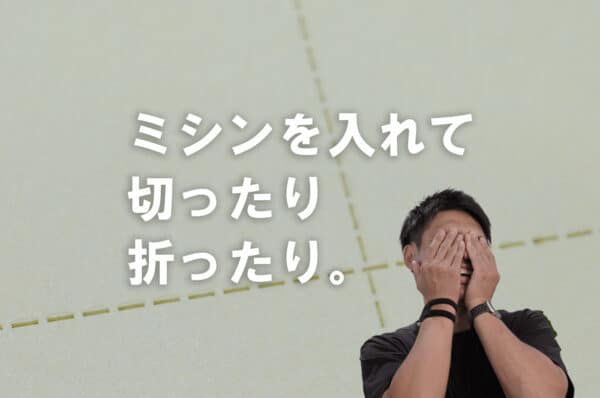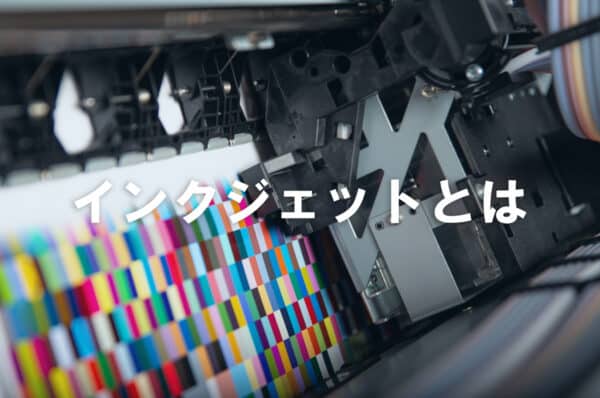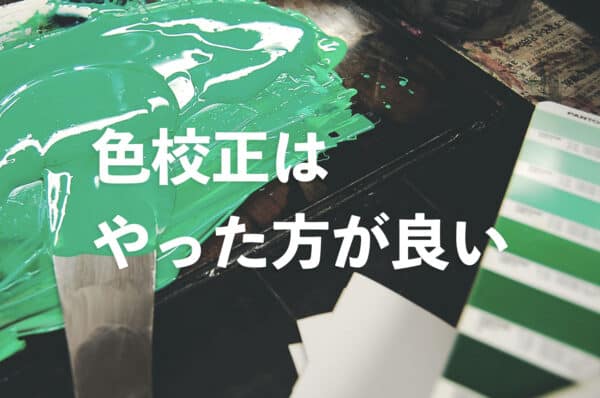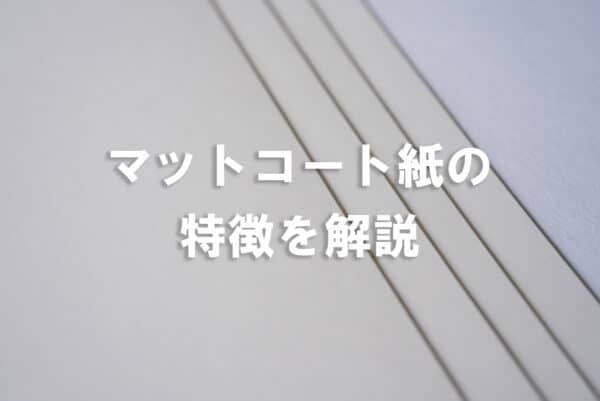Labeling rules for selling sake in Japan
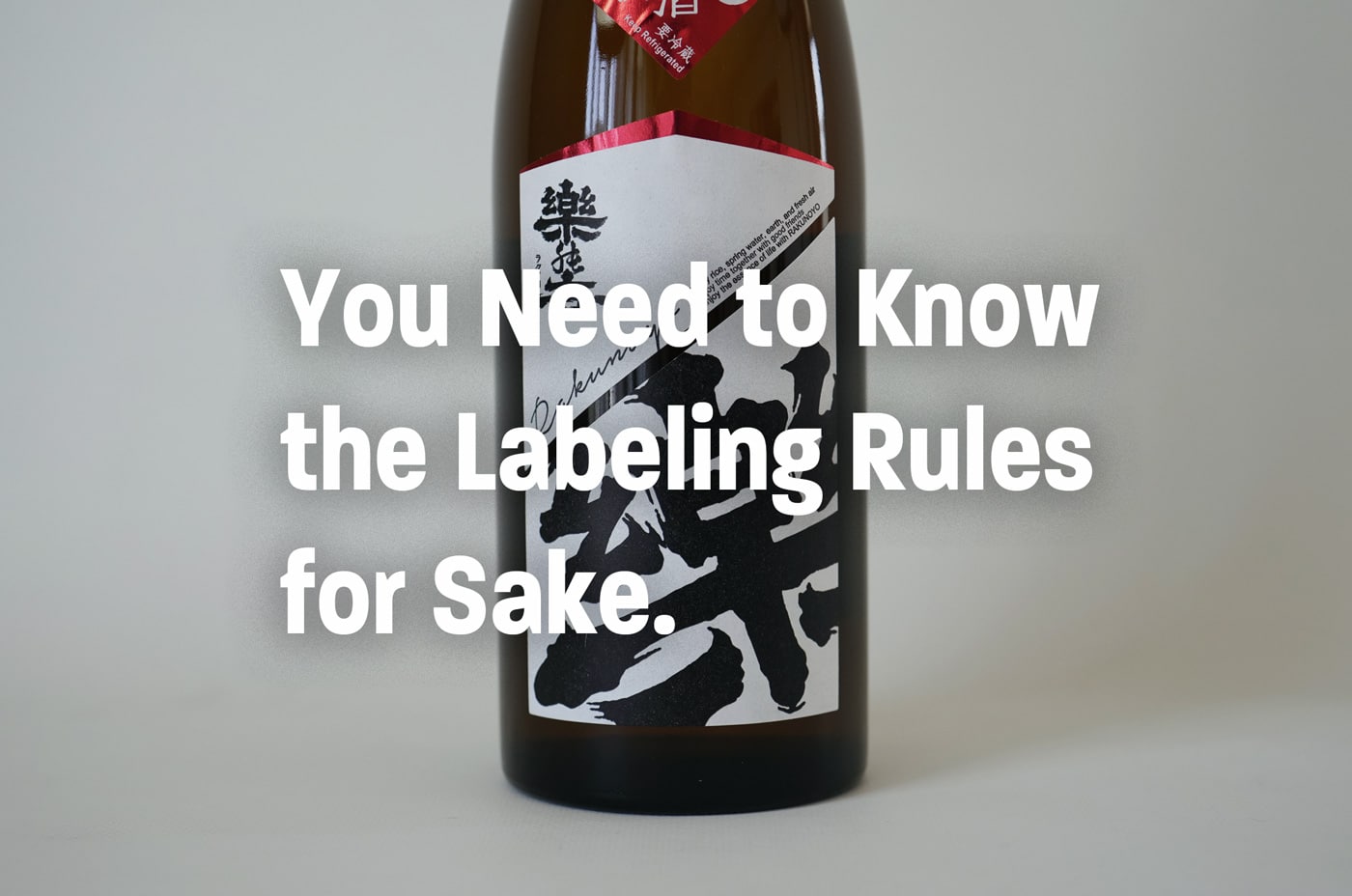
Sake labels are the "face" of a product, playing a crucial role in expressing the personality of both the product and its manufacturer. While materials and designs can showcase the unique appeal of the product, it’s important to be aware that sake labeling is subject to legal requirements, so caution is needed to avoid violations.
At our company, we create custom-made sake labels tailored to your needs. If you want a label that reflects your brand's uniqueness and product features, feel free to contact us.
For those struggling with label and sticker printing
Wondering if this kind of printing is possible? Or how much budget is needed?
If you have any concerns, feel free to reach out to us.
First, check out our case studies.
※Orders are available starting from 1,000 pieces.
※Business hours: Japan Standard Time, Monday to Friday, 9:00 AM - 5:00 PM
Features of Sake Labels
Sake labels play a crucial role in branding sake, a product where its individuality is not easily recognized through appearance alone. While the shape of the bottle may be similar across products, it’s difficult to differentiate them without an eye-catching label. A well-designed label can drive consumer purchasing decisions on its own.
Though relatively inexpensive online printing services can create labels, if you aim to add higher value, we recommend working with a label printing company. With attention to detail, you can create custom-made labels using premium materials, textures, and special finishes.
If you want to highlight your product’s appeal without compromise, consider working with a professional printing company.
Sake Labeling Rules
We provide a detailed explanation of the rules for sake labeling.
- Definition of Sake
- Mandatory Label Information
- Optional Label Information
- Labeling Rules
Rule 1: Definition of Sake
Alcoholic beverages sold in Japan are regulated by the Liquor Tax Law, and there is a specific definition for sake. The conditions for an alcoholic drink to officially be called "sake" are as follows:
- Must use rice and rice malt.
- Must be filtered.
- Alcohol content must be less than 22%.
One of the conditions, "filtering," refers to the process of separating the liquid and solid components of the "mash" that results from fermenting the ingredients. After filtering, the liquid becomes sake, and the solid part is referred to as "sake lees." If any of these conditions are not met, the product cannot be sold as "sake," so it is important to be cautious.
Rule 2: Mandatory Label Information
The following items are required to be listed on sake labels, as shown in the table below:
| Items | Explanation |
| Type of Alcohol | Display as "Seishu" or "Sake" |
| Ingredients | Mainly "rice" and "rice malt." For specific types of sake, include the "rice polishing ratio (〇%)" near the ingredients. |
| Production Date | Display the Production Date |
| Country of Origin, for Imported Sake | For imported sake, display the country of origin |
| Storage or Usage Instructions | Include storage instructions such as "Store in a cool, dark place and consume soon after opening." |
| Manufacturer's Name or Company Name, and Production Facility Location | Manufacturer's name (individual name, brewery name, etc.) and production facility location |
| Container Volume | For sake, the common volumes are either "shō" (720ml) or "isshō" (1800ml). |
| Alcohol Content | Sake must have an alcohol content of 22% or less, with 15-16% being typical. |
| Others | Include warnings such as "Drinking is for those aged 20 and above" to prevent underage drinking. |
These rules are legally required, and any omissions or errors may result in penalties. If you're unsure about the information, it is recommended to check with the consultation desk at the tax office in your region to confirm that everything is correctly listed.
Rule 3: Optional Label Information
While not mandatory, there are certain items that may be optionally displayed on the label if applicable. The main items are listed in the table below:
| Items | Explanation |
| Specific Type of Sake | Names Classified by Ingredients or Production Method, such as "Daiginjo" and "Junmai Sake" |
| Yeast | Elements That Define the Personality of Sake |
| Sake Meter Value (SMV) | Expressing the Sweetness or Dryness of Sake The degree of sweetness or dryness is indicated with "+" for dry and "-" for sweet. |
| Acidity | Indicating the Amount of Organic Acids that Contribute to the Acidity and Umami |
| Amino Acid Level | Indicating the Amount of Amino Acids that Contribute to Umami and Richness |
While optional information is not required, including it can be effective for differentiating your product from competitors and enhancing branding. It’s important to make good use of it to convey the product’s appeal and increase its value.
Rule 4: Labeling Rules
The font size for text on alcoholic beverage labels must be at least 8 points (excluding the product type), as required by law. However, for containers with a capacity of 200ml or less, a font size of at least 6 points is acceptable.
It’s important not to overthink this and focus on displaying the information clearly and legibly for the consumer.
Rule 5: Prohibited Labeling Items
In fact, there are certain things that cannot be displayed on sake labels. The following three items are prohibited from being listed on the label:
- Terms that imply the highest quality or rank, such as "best," "first," or "representative."
- Terms such as "officially approved by government agencies" or similar expressions.
- Terms resembling specific names used for sake other than those categorized as specific types of sake.
Even if not stated explicitly, any expression that could mislead consumers may be subject to regulation. Exaggerated claims to add value could backfire and have a negative impact, so caution is necessary.
At our company, we offer custom-made labels for various alcoholic beverages and food products, including sake labels. If you want to create a strong label for branding, feel free to contact us for consultation.
Explanation of the Process for Creating Sake Labels
The process for creating sake labels is as follows:
- Estimate
- Design Creation
- Order and Data Submission
- Prototype Review
- Receiving the Final Product
Step 1: Estimate
Fill in the necessary details on the contact form on our website to receive a free estimate. The clearer the image of the final product, the more accurate the estimate will be.
If you have any questions about materials, design, or printing methods, it’s best to ask at this stage to ensure a smoother process later. One of the advantages of working with a printing company is the opportunity for thorough consultation and careful progress.
Step 2: Design Creation
Once you’re satisfied with the estimated budget, you can begin finalizing the design. Typically, it’s common to submit a pre-made design.
This is an important point that affects the appeal of your product, so it’s recommended to approach it with care. Imagine how the product will look when displayed and create a design that will attract customers.
Step 3: Order and Data Submission
Once the design is complete, you’ll submit the data and place your order. If necessary, you can request paid services such as prototype creation or color proofing, which will allow you to create higher-quality labels.
Although these are paid services, they ensure high-quality results. If you’re working with a printing company rather than a cheap online printing service, it’s worth taking the time and making sure the process is thorough.
Step 4: Prototype Review
If you requested a prototype, you can review the sample before proceeding with the full production. It’s important not only to look at it but also to check the sample against the actual bottle to ensure the final product meets your expectations.
If the sample doesn’t meet your expectations, this is the stage where you can request adjustments or revisions. Reworking after production has started can incur significant costs and time, so it’s essential to carefully review everything during the prototype stage.
Step 5: Receiving the Final Product
Finally, the completed labels are delivered, and the order is complete. While it may vary by printing company, it is common for the created plates to be stored for a certain period. If you reorder within that time frame, there’s no additional charge for creating the plates, allowing you to reorder labels at a lower cost than the first order.
We store the created plates and die cuts for three years. If you’re considering creating sake labels, feel free to contact us for consultation.
Examples of Sake Label Designs
Below is an example of a sake label we created.
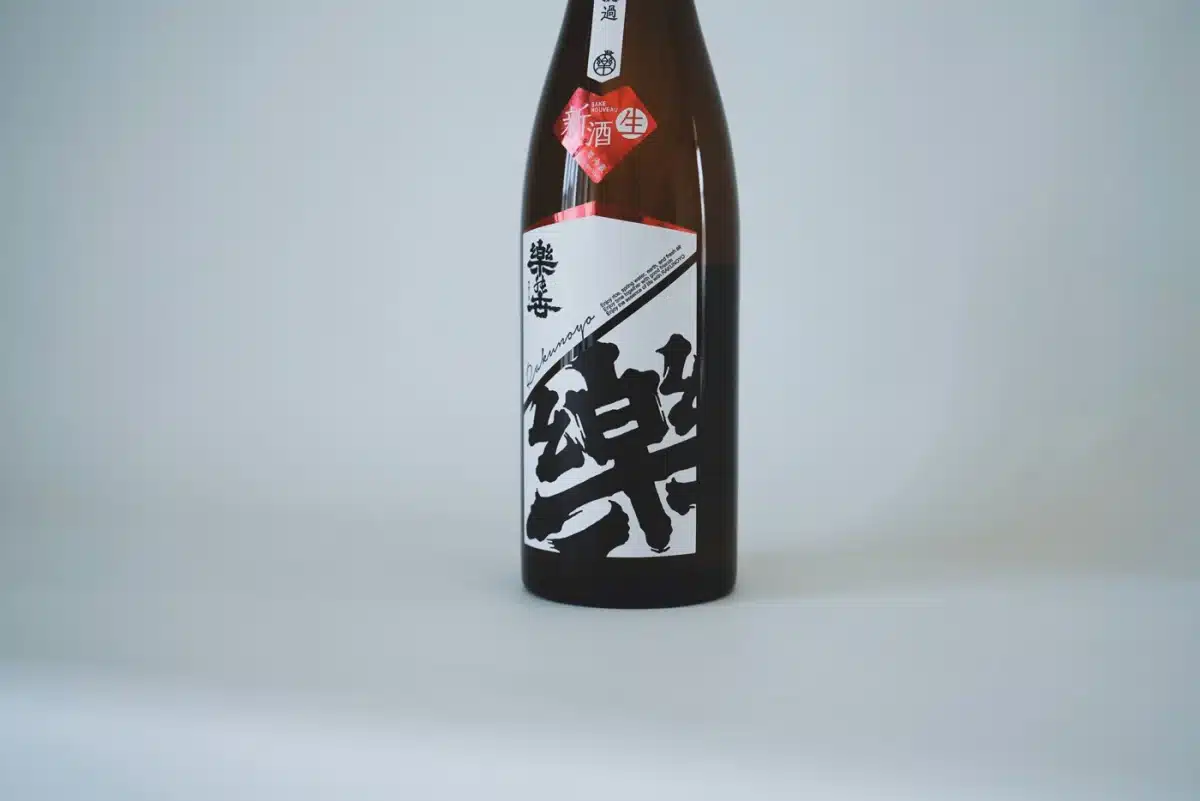
The label is made using plain Japanese paper, creating a traditional Japanese texture and a sense of luxury. By incorporating foil stamping and adding cutouts to the label, it also showcases uniqueness. The impactful design makes it memorable, which is one of the key attractive features of this sake label.
Create Attractive Sake Labels While Following Labeling Rules
Sake labels play a crucial role in influencing consumer purchasing decisions. However, there are detailed legal rules regarding the information displayed on labels, so it’s important to create them carefully to avoid violations. To differentiate from competitors and create a unique appeal, it’s key to adhere to the rules while focusing on the details of the label design.
At our company, we listen carefully to our clients' needs and create custom-made labels and stickers. If you're looking to create a sake label with attention to detail and high-quality results, feel free to contact us for consultation.

Start Your Project Now!
Contact Us or Get a Quote!

